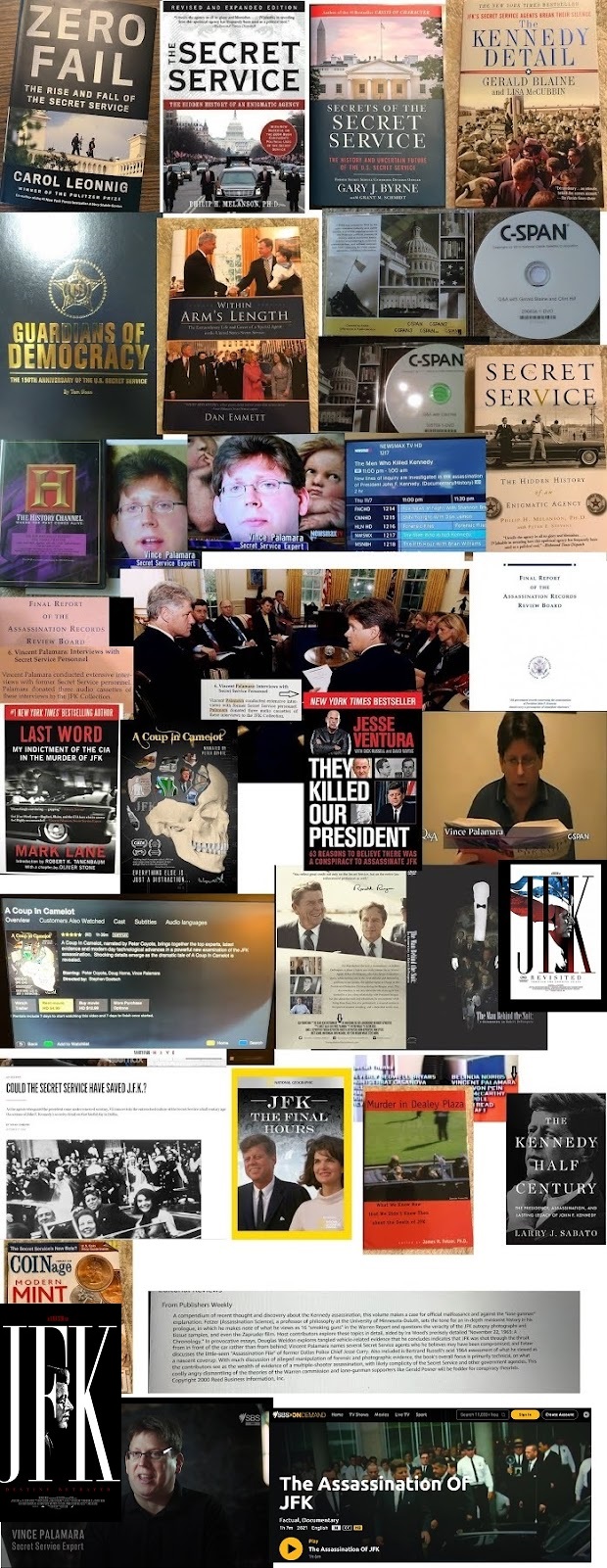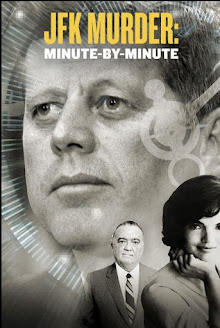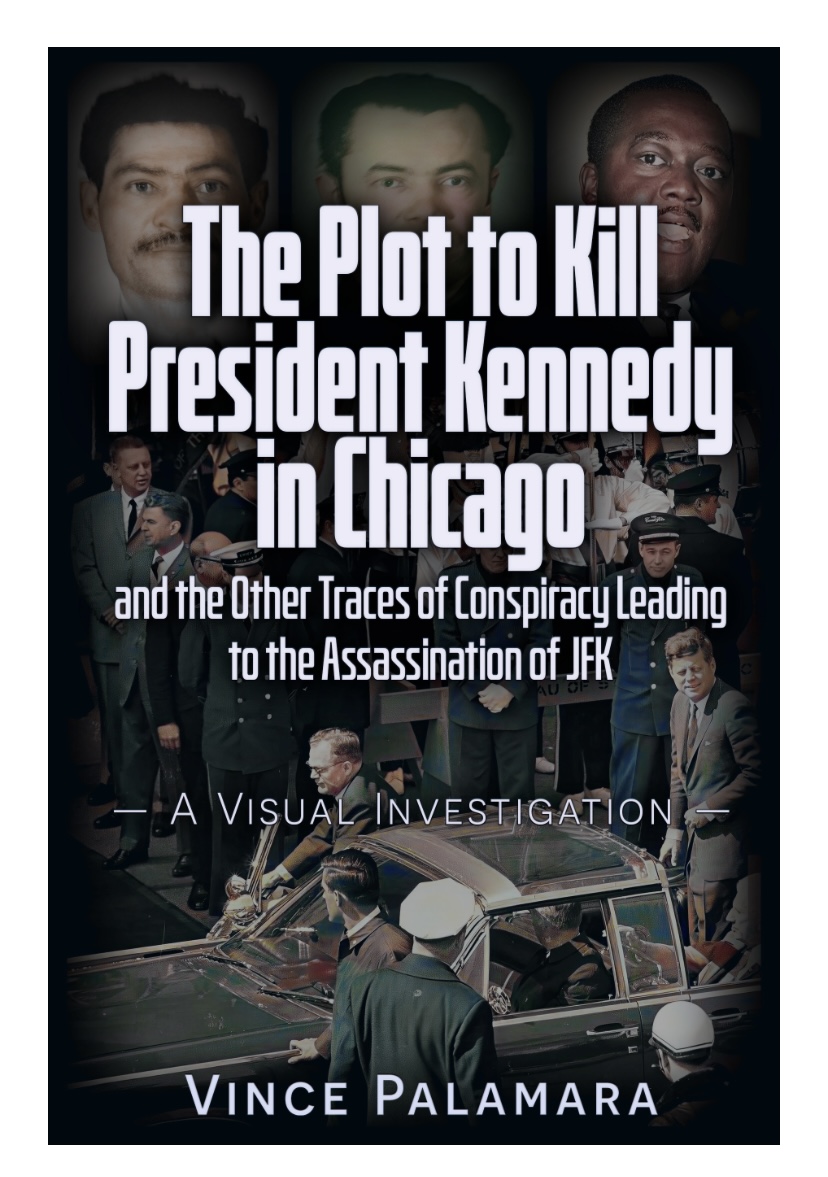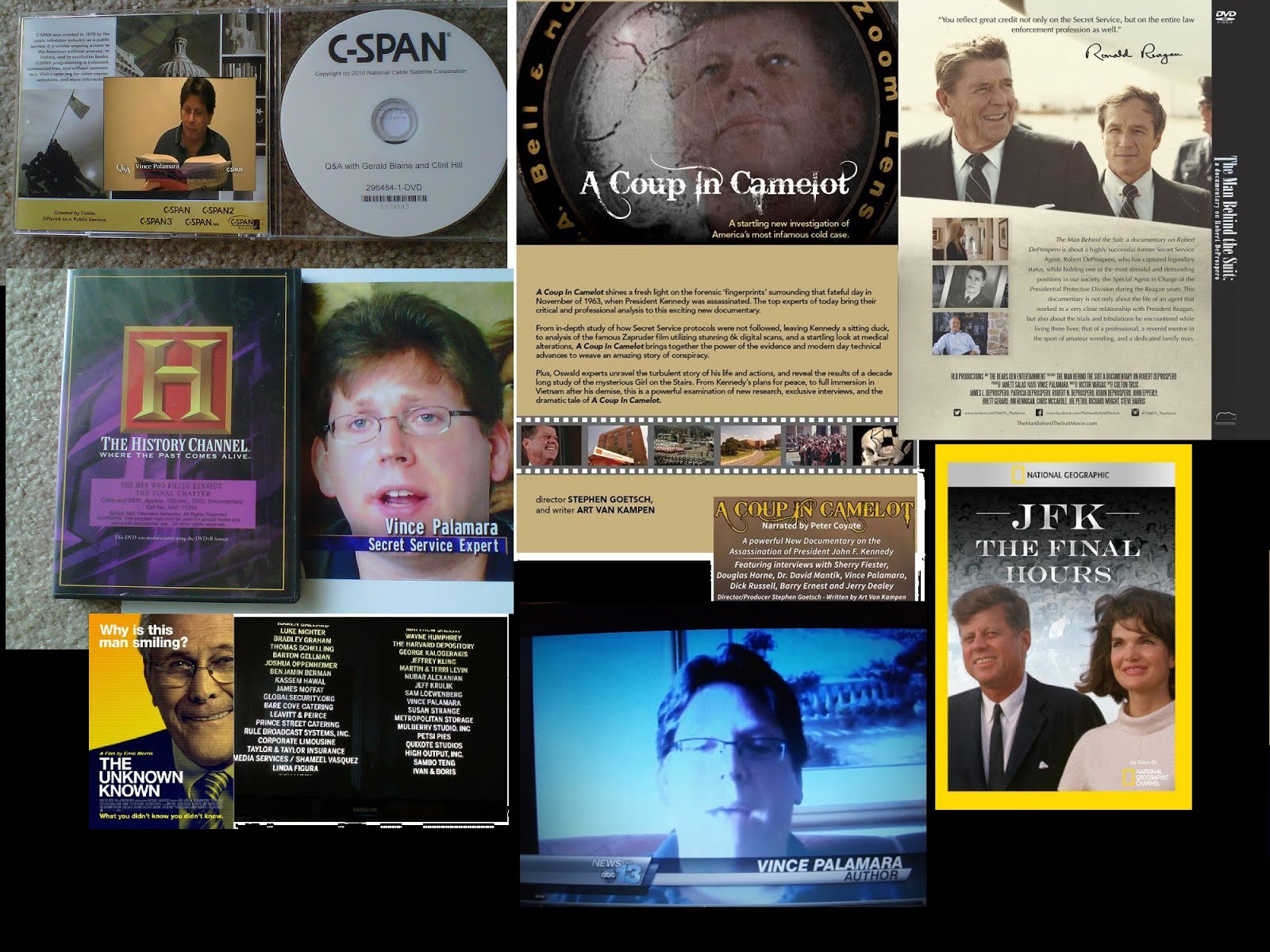http://www.timescall.com/news_story.asp?ID=14293
Ex-Secret Service agent talks at Rotary Club about JFK assassination
By Scott Rochat
Longmont Times-Call
LONGMONT — No grassy knolls. No mob conspiracies. Just one man, one
rifle and three shots.
That was and is the conclusion of Dale Wunderlich, a retired Secret
Service agent who helped investigate the death of President John F.
Kennedy as part of the Warren Commission. Wunderlich spoke about the
assassination Thursday at the Twin Peaks Rotary Club.
“There’s a lot of theories about what happened,” said Wunderlich, who
lives in Parker. “At some point, you have to wonder — if it had been a
conspiracy, do any of you really believe that anyone in Washington can
keep a secret for 46 years?”
Wunderlich helped protect five presidents, from Kennedy through Jimmy
Carter. On Nov. 22, 1963, he looked after Kennedy during a rally in
Fort Worth, Texas, but was off duty when the president went on to
Dallas.
Wunderlich was at the airport when he heard the motorcade had been
shot at. An early report said a Secret Service agent had been hit, and
Wunderlich hurried back.
As he arrived, he realized that all the agents were accounted for.
“Who got killed?” he asked agent Roy Kellerman.
“The president,” Kellerman said.
The sight of Kennedy’s body, face down in the hospital, is still
engraved on Wunderlich’s mind. So is the funeral ceremony, when even
the agents themselves were in mourning.
“I had such tears in my eyes that I couldn’t see anything,” Wunderlich
said. “If someone had wanted to kill President (Lyndon) Johnson, that
would have been the best time to do it. Everyone had tears in their
eyes. No one could see.”
Since then, he said, there have been a lot of stories and myths about
the assassination. Among them:
The Secret Service was drunk. Not true, Wunderlich said. Several
agents did go to a place called the Cellar Bar the night before, but
despite the name, the Cellar didn’t sell liquor. “We had sandwiches
and near-beer,” he said.
There was a fourth shot. Not likely, Wunderlich said. Researchers at
California Polytechnic State University analyzed the Zapruder film — a
home movie that captured the assassination — a few years back, he
said, and concluded the sound of the “fourth shot” was actually a
police Harley-Davidson backfiring.
Oswald couldn’t have shot so fast, so accurately. The range wasn’t
very far, especially for the rifle used, Wunderlich said — 192 feet
for the closest shot and 292 feet for the longest one. Moreover, he
said, Lee Harvey Oswald had spent hours practicing rapid-fire shots.
Fast enough to fire three shots in 8.5 seconds? As a test, Wunderlich
said, investigators sent a truck filled with hay bales down the street
at the same speed while the FBI armorer and the Secret Service armorer
took shots at it. In 8.5 seconds, each put five shots in the kill
zone.
Oswald was trying to kill Texas Gov. John Connally. That may never be
known, Wunderlich said. He said Oswald is believed to have had a
grudge against Connally, who as secretary of the Navy wouldn’t change
his “hardship” discharge to an “honorable” one. The field of fire
would have allowed a good shot at Connally, who was wounded by a
bullet that clipped Kennedy’s shoulder first. And Kennedy may not have
even been in the sights when the second shot was fired — his head was
in his wife’s lap after the first shot hit; the second hit his head as
she pulled him up.
“Sam Donaldson is the biggest supporter of this theory,” Wunderlich
said. “I love to watch people’s eyes when I describe it. It’s another
thing that could be logical.”
Jack Ruby, who shot Oswald, was on the mob payroll. Actually,
Wunderlich said, Ruby was a big admirer of Jacqueline Kennedy and
closed himself in his club after the Kennedy assassination, drinking
heavily. He knew several police officers and had a permit to carry a
gun because he frequently carried bank deposits with him.
He was on his way with a deposit and had made up a slip to put $20 in
an employee’s account when he saw the crowd of media around the police
station. After finding out it was Oswald on his way to be arraigned,
Wunderlich said, Ruby worked his way close and shot Oswald — a gun in
one hand and a bank bag in the other.
“If you plan to kill someone, are you going to be prepared to also
make a deposit?” Wunderlich asked. “I think it was a spur-of-the-
moment thing.”
To this day, he said, America remains fascinated with the case,
conspiracy or no.
“Hardly a day goes by when I don’t see something related to Kennedy,”
Wunderlich said. “It’s a topic I don’t think will ever go away.”
--------------
http://www.kansascity.com/115/story/1011370.html
Tribute: James Gordon Jeffries protected presidents as Secret Service
agent
By RUTH BAUM BIGUS
Special to The Star
Associated Press file photo
Secret Service agent James Gordon Jeffries was the personal bodyguard
for first lady Jacqueline Kennedy. He held an umbrella for her while
it rained.More News
Rally for U.S. workers attracts nearly 1,000 in KCLeavenworth carousel
museum adds a sideshowWoman charged in 7-year-old son?s deathCritics
oppose term limits for KC school boardKansas Guard discharges first
gay soldierCalendar | Monday, Feb. 9Nuns in need of someone to fix up
bikes for the poorPeltier movement goes beyond one man?s caseThe
Watchdog | Filling Sprint Center?s seats not always easyTribute |
Every day was a good day for Herbert RempelPublic safety | KCK
shooting death investigated as a homicideOn the air | How to find a
job and build a resumeWinning lottery numbers | Sunday, Feb.
8Competition is stiff, but some of the bridges aren?t in student
engineering contestFamily wanted: Mishellay, 16Black Heritage
Organization to honor CleaverDump trucker trade show offers lesson in
how an economy crumblesAcross the yard ? or the world ? mortal
contests elicit aversionKC Parks and Recreation Department faces
budget cutsLottery numbers for Saturday, Feb. 7Who: James Gordon
“Jeff” Jeffries, 83, a Kansas City, Kan., native most recently of
Iowa.
When and how he died: Jan. 18, of pneumonia. He had suffered a stroke
more than 10 years ago.
An active beginning: Known as Jeff to some family members and Jimmie
by others, the boy born in Kansas City, Kan., in 1925 led an
adventurous life. He attended Argentine High School until he moved in
his sophomore year with his mother, Mildred Hamilton, to Washington.
Jeffries enlisted in the Marine Corps in 1943 and served in World War
II. After leaving the service, Jeffries attended Benjamin Franklin
University, which later merged with George Washington University.
Jeffries went to work for the embezzlement division of the U.S.
Treasury Department and thus began a long career in the federal
government.
Presidential proximity: Jeffries then worked for the Secret Service,
serving presidents from Harry Truman to Richard Nixon. He traveled
extensively with them but did find time to marry Thelma Thompson in
1955. They had no children.
Jeffries seldom spoke about his Secret Service experiences.
“Jeff was the consummate Secret Service agent: He never shared much,”
said niece Beth Hanna of Iowa, who helped care for her uncle in his
final years.
“He was very secretive about what he did,” said nephew Dave Horseman
of Kansas City. “He did have Christmas cards on the wall from various
presidents (he served), and he hunted with (Dwight) Eisenhower.”
When John Kennedy was elected president, Jeffries was assigned to be
Jacqueline Kennedy’s personal bodyguard.
Hanna recently found a letter that the first lady had written to her
Uncle Jeff in April 1962, just after he was assigned to another
detail.
“The letter said, ‘I will miss you so much. … I will never meet anyone
who has been as loyal and faithful as you, patient and understanding
with me, so sweet and kind with my children. … The President is as
grateful as I am for all you did to make easy my adjustment to being
guarded all the time. I will always remember you. My deepest
appreciation and affection and all good wishes. Your friend,
Jacqueline Kennedy.’ ”
Other interests: In 1972, Jeffries retired from the Secret Service on
disability from an injury aggravated by the performance of his duties.
He sold real estate in Northern Virginia and pursued other interests.
He enjoyed spending time at the couple’s cabin at Lake Anna, Va., as
well as fishing and playing tennis.
“His ideal home would have been where he could have gone out the front
door and play tennis and out the back door to fish,” Horseman said.
In the mid-1990s, Jeffries and his wife moved back to the Kansas City
area. As the years passed, they developed health problems. Hanna moved
her aunt and uncle to Hiawatha Care Center near her home in west-
central Iowa so she could help care for them. Thelma died in 2005.
“I had a relationship that was very dear with my uncle,” Hanna said.
“My aunt and uncle were incredibly unassuming and humble about their
experiences.”
Survivors include: Four sisters, two brothers, several nieces and
nephews.
The last word: “Family and friends were very important to him,” Beth
Hanna of her uncle. “He never acted as though what he did was
special.”
Monday, February 9, 2009
Subscribe to:
Post Comments (Atom)










































![VINCE PALAMARA [remember to scroll all the way down!]](https://blogger.googleusercontent.com/img/b/R29vZ2xl/AVvXsEjSZ-Z_puqnjl3UgdiJxBenMyIMaFhmBD-PYQUsxCtFS4UF7dJQB6n32rt9a0ZqFRPmuBoukhrMZxv6LOD9GoUGPiaShO3wj_8xL98obRAsUbIf0mXutzbq7jKDrCp8Y-Y0k9rnS5ARjQQ/s1600/11.jpg)


![CHAPTER 8 OF ARRB FINAL REPORT [I AM IN THIS REPORT, AS WELL]...HMMM---THE SECRET SERVICE DESTROYS](https://blogger.googleusercontent.com/img/b/R29vZ2xl/AVvXsEimGbOuG69gW-cgAbsfjd8p8PD-subznIjcsQXUSFq560o_kiXunf9TcH0fkOqmWuK73id6m5TyVMhWcfBrPUEee6JLbvqNZKdIVQa5Drcz568Ue6GZdf_PUtLuLwPDcucv3gOn5KGBZPw/s1600/DSCF0462.JPG)




No comments:
Post a Comment